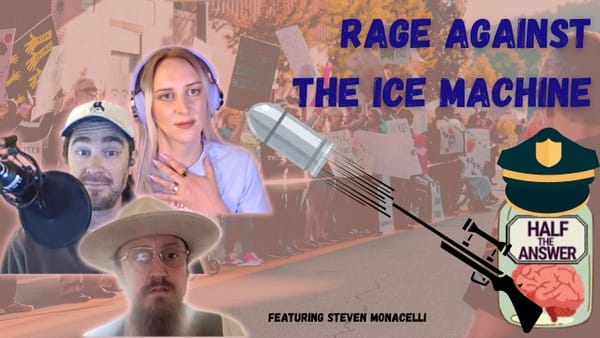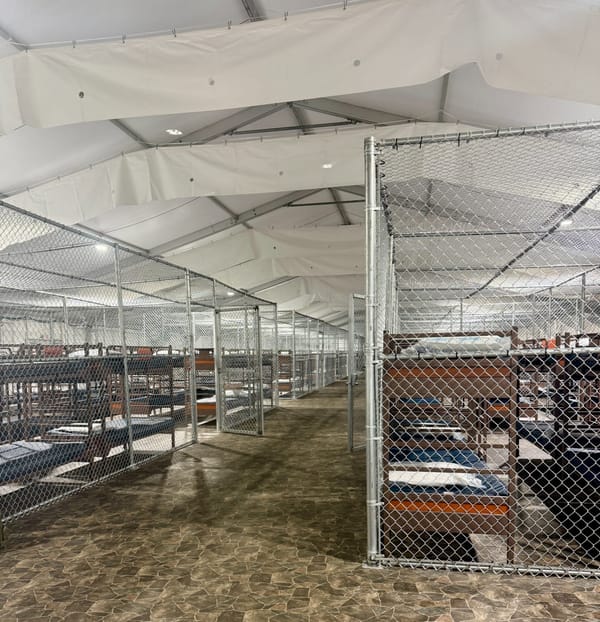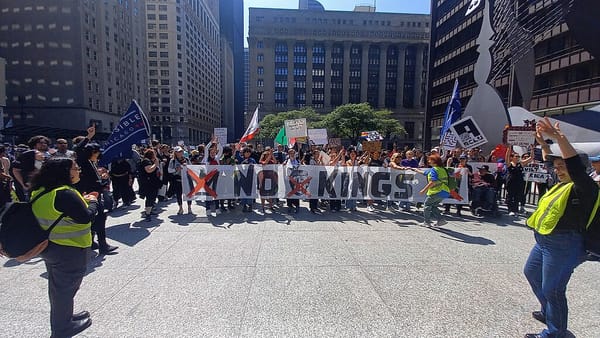Compassionate Release During COVID-19

It’s easy to forget that aging and illness occur within the four walls of a prison cell, equally as much as outside of their confines. Cancer ravages bodies, dementia confuses brains, arthritis stiffens fingers, and organs begin to fail—even in prison. It is when the body deteriorates, that prisoners can apply for compassionate release—a request for permission to be released from completing the entirety of the prison sentence based on terminal illness, advanced age, sickness, debilitation, or extreme family circumstances.
Mary Price, of the prisoner advocacy group FAMM, described how initial sentencing works.
When we impose a sentence, we are punishing a person for an act, signalling to the community the seriousness of the crime, protecting the public from the offending behaviour, and spending time rehabilitating the person so that they leave prison as a law-abiding citizen.’ She went on to explain how in cases where there has been a change in circumstance, such as terminal illness, the criminal justice system needs to re-evaluate whether or not the sentence is fulfilling its initial reasoning. FAMM put it this way – ‘Prisoners should be released when they are too debilitated to commit further crimes, too compromised to benefit from rehabilitation, or too impaired to be aware of punishment.
During COVID-19, prisons became breeding grounds for contracting the virus. Thousands of inmtaes in federal prisons across the country contracted COVID-19, many of them dying as a result of the virus. Inmates fearing for their safety due to failing health or age started applying for compassionate release in droves. 10,940 federal prisoners applied for compassionate release from March through May, stated the findings by the Marshall Project, and wardens only approved 156. Requesting compassionate release from the warden is the first step taken in federal prisons, but if ignored for more than 30 days or denied release by the warden, the prisoner can take the case to a judge for approval. If approved, the case moves to court for sentencing review.
The Marshall Project investigated the case of Marie Neba, who was serving a sentence in Carswell Medical Prison in Texas and requested compassionate release when COVID-19 hit due to her failing health in response to chemotherapy. Her request was ignored.
When I spoke to Joseph Neff, investigative reporter for the Marshall Project, he commented that every court release file he reviewed, which were many, for his investigation regarding compassionate release during the pandemic listed COVID-19 as one of the factors for release. “It’s certain that numbers of requests went up during COVID,” he stated. Prisoners that were old, ill, or at risk of contracting COVID and suffering serious or deadly complications, were begging to be released from prison settings that would spread the virus like wildfire.
At Carswell Medical Prison, where Neba was residing, 349 women applied for compassionate release from March to May, and 346 of them, including Neba, were ignored or denied release. Similar numbers were revealed from federal prisons all around the country.
Keri Blakinger, of The Marshall Project, explained the difficulty in figuring out why the requests were not being recognized by wardens or the Bureau of Prisons (BOP).
I’m not sure that I can really shed any light on why the wardens deny release because they won’t comment publicly. We asked several of them for comment and they referred us to BOP spokespeople. If you ask BOP spokespeople for comment they will give you some canned statement that doesn’t really address the question.
Joseph Heff speculated that prisoners may have been told that they didn’t meet the criteria for compassionate release or that it wasn’t felt that the prisoner was at threat from COVID. There aren’t any conclusive reasons because the BOP is not required to release the reasons for their decisions to reject or ignore requests.
Despite the efforts of the BOP to hinder compassionate release, Mary Price has found that over 1,700 federal prisoners were granted compassionate release from courts since March. This is due in large part to the fact that the First Step Act of 2018 amended the law governing compassionate release to permitting prisoners to go directly to the court to request compassionate release after meeting certain procedural requirements. Before the First Step Act, only the federal Bureau of Prisons could file a compassionate release motion for a federal prisoner. It was lawyers that instigated and requested compassionate release; never was it initiated by a BOP motion.
In spite of opposition from wardens, the BOP, and federal prosecutors, courts are approving prisoners for compassionate release.
The National Academic Press’s recent study on decarceration during COVID-19 in state prisons found that state prisons showed ‘little evidence that these efforts occurred on a large scale.’ The report goes on to list barriers to using the release mechanisms (compassionate release included).
Barriers to implementing these release mechanisms likely stem from the fact that everyone in prison has been sentenced to a custodial term following a criminal conviction, and few legal mechanisms are available for releasing people from imprisonment. Moreover, those mechanisms that are available follow a penological model that creates a strong presumption against release prior to the expiration of a sentence.
When I asked Sharon Dolovich, Professor of Law at UCLA, about the differences in the federal and state prison processes for compassionate release, she explained that the state prisons are still operating wholly internally. A prisoner can only go to the warden and the BOP to request compassionate release, unlike federal prisoners, who can appeal directly to the courts. A state prisoner must appeal to a group of people that have been trained to keep people incarcerated, not free them. “It is a system set up for the denial of compassionate release,” she stated.
A natural response to someone that may be requesting compassionate release might be, “You do the crime, you do the time.” When I asked Mary Price about this point of view, she understood the sentiment, but disagreed with leaving elderly or very ill people in prison to carry out sentences that were too long in the first place, when they are unlikely to reoffend back in society. “They will be left to die in pain, separated from their families in a prison cell.” She continued, “Goals change with illness or age.”
Neba was one that was left to die alone. In July, she tested positive for COVID, filed for compassionate release, and was ignored yet again. Given her compromised immunity and health, she died shortly after. Even in her last moments, she was denied finishing a FaceTime call with her daughter. She could have died in peace with her daughter, but instead, suffered alone in her last hours.
Perhaps some prisoners requested compassionate release as a “get out of jail free card”—they used the excuse of COVID as a chance to reduce their sentences. The remark assumes the validity of the prisoner’s request isn’t genuine, however the fear that many prisoners felt in the confined walls of the prison was very real. Mary Price recognized that might have been the motive for some, but she is confident that the system in place would weed out those that were trying to simply get out of prison. The prisoner must convince a court that they meet compassionate release criteria, that their release will not implicate public safety concerns, and that release comports with the purposes of punishment. It’s no easy feat.
Not only is compassionate release a humane option for prisoners that are elderly or ill, but it is also is a sensible way to save money. It costs a hefty amount of money to keep prisoners with health issues when they are very unlikely to reoffend. It is estimated that older prisoners cost $16 billion annually and that includes more than $8 billion in medical expenses.
The track record of compassionate releases granted by wardens and the BOP proves they are not keen on releasing their prisoners, but forcing them to serve their sentences, even to the death. Their refusal to comment and justify their reasoning leaves one thinking that they simply want to remain in control, leaving lawyers to fight for the dying human rights of prisoners requesting compassionate release.
Featured Image is The Captive, by John Hamilton Mortimer




